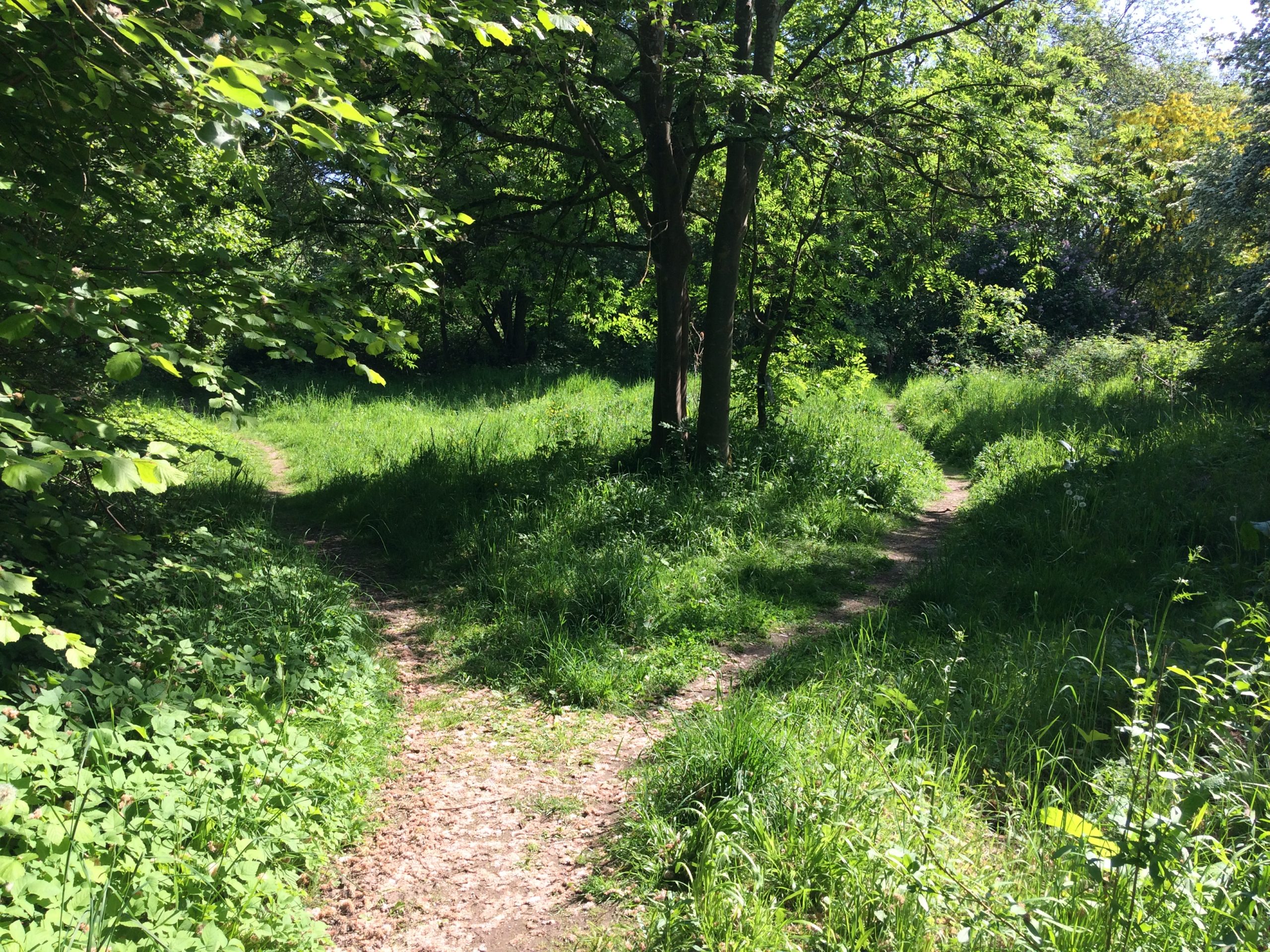After a public inquiry held in Oxford in 2002, the Inspector, Vivian Chapman QC, accepted the evidence of the Friends Of The Trap Grounds that the western half of the site (the scrubland and woodland) had been used by the local community for lawful pastimes as of right for at least 20 years, and that, in accordance with the Commons Registration Act 1965, it should therefore be registered as a Town Green.
Oxford City Council, which owned the site and wanted to develop it, took the case to the High Court, where Mr Justice Lightman ruled in favour of the Friends. The City Council then appealed to the Court of Appeal, which found against the Friends on a technicality which would have made it virtually impossible for any piece of land to be registered as a town or village green in future. So we appealed to the House of Lords in 2006 – and won. The law relating to town and village greens was clarified and strengthened — for six years, at least. Crucial changes were introduced in 2013, when the Growth and Infrastructure Act made it impossible to register land as a town or village green if the land has been earmarked (however tentatively) for planning and development. The Trap Grounds, however, are safe from development in perpetuity.
Click on the links below to read the Trap Grounds verdicts. But beware: if you are thinking of claiming a piece of land as a town or village green, you need expert advice. The Open Spaces Society (www.oss.org.uk) can provide details of solicitors who specialise in this complex area of the law.
